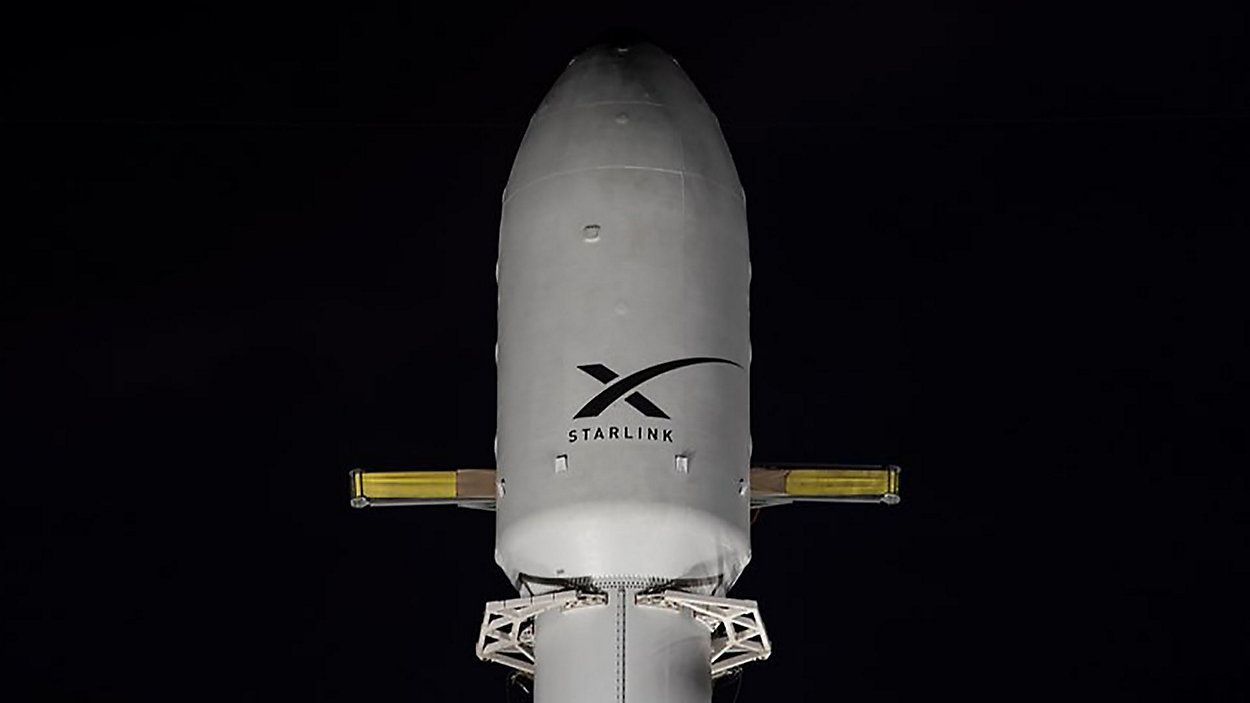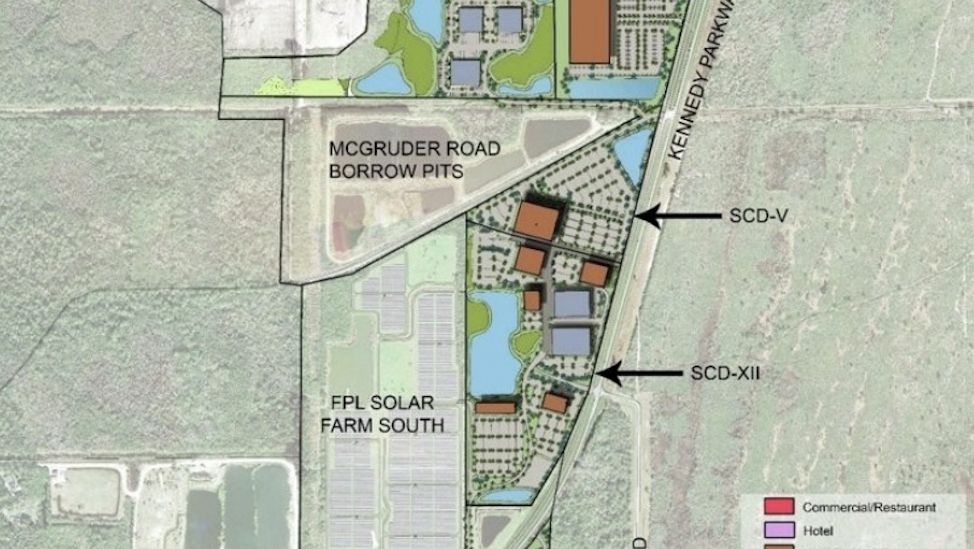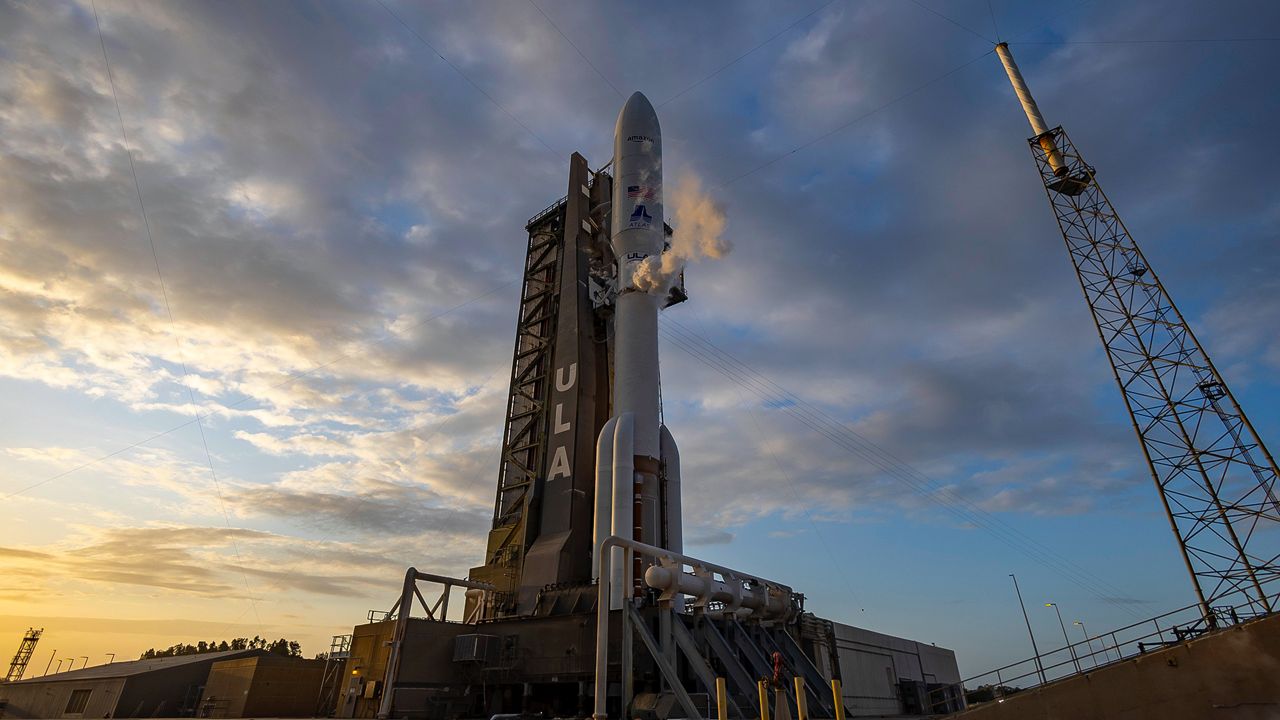MELBOURNE, Fla. — Taking to the skies is a hot ticket these days with demand not only increasing for commercial airlines but also for commercial rocket launches.
What You Need To Know
- Florida’s Space Coast is poised to see a record number of launches in 2023 at nearly 90
- Transportation Secretary Pete Buttigieg said the boom in commercial rocket launches is starting to negatively impact commercial flight operations
- Both the FAA and pilots believe that more funding will be needed to help address the pair of growing industries
So far, SpaceX alone has launched 29 missions. That accounts for 21 out of the 22 launches from Florida’s Space Coast in a year where more than 90 rockets may launch from the Sunshine State.
But success in reaching orbit is presenting challenges for the airlines.
During a press conference, Secretary Pete Buttigieg said the U.S. Department of Transportation can make things better for commercial flights and that more needs to be done in coordination with the various launch companies.
“In Florida, where the closure of airspace to accommodate commercial space launches now happens often enough to noticeably affect airline schedules, we are engaging the space sector to keep more launch windows clear of peak flight periods,” said Buttigieg, the secretary of the U.S. Department of Transportation.
His comments came during a press conference discussing ways to reduce airline cancellations and delays on Monday.
We're doing our part to help airlines reduce cancellations and delays.
— Secretary Pete Buttigieg (@SecretaryPete) May 9, 2023
But when airlines cause a disruption, we will always be there to enforce your rights and hold them accountable.
Learn more: https://t.co/fNoKsjplGt pic.twitter.com/P4hMPGLDD7
The growth in the launch sector comes at a time when airline flights are also on the rise. In 2022, Orlando International Airport saw more than 50 million passengers come through, with more expected in 2023, an increase of nearly 10 million from the previous year.
Capt. Shem Malmquist, a B-777 pilot and visiting professor at Florida Tech in Melbourne, said the ever-expanding number of launches is putting a strain on an already stressed Federal Aviation Administration.
“Rocket launches are basically like the straw that breaks the camel’s back at times. And so, everything is kind of working, just barely,” Malmquist said. “And then you add that little bit in and you create problems, particularly if there’s weather over the State of Florida itself and airspace becomes really constrained.”
Malmquist has been an international pilot for 32 years and began flying during his high school years in the mid-1970s.
He said that the FAA will need more resources to deal with the growing demand for the regulator services the agency provides. He said, while it’s well and good to suggest that rocket companies move their launch times outside of peak airline flying hours, that’s not always feasible.
“If you take SpaceX, they’re launching satellites to be in a particular orbit, you can’t just delay a couple of hours and have those get into a particular position. It’s just not that simple,” Malmquist said. “And so, there’s only so much the FAA can do towards that.”
In an informational video published by the FAA on April 28, the agency said it considers the following factors before allowing a launch or landing operation to move forward or if another date and time are needed:
- Location and timing of the proposed space operation
- The number of flights or passengers that will be affected
- If the operation is scheduled to occur during a holiday or significant military exercises
- The launch window duration
The FAA also noted in the narration that “it will also give priority to launches that are in the national interest,” as it showed video of NASA’s Space Launch System rocket that launched the Artemis I mission in November.
BryceTech has updated the Orbital and Suborbital Launch Sites of the World chart.
— BryceTech (@BryceSpaceTech) May 9, 2023
This map captures the locations of global spaceports, highlighting their capabilities to support orbital, suborbital, and ballistic missile launches.
Download the map: https://t.co/k51KP5PWIm pic.twitter.com/0jzzXfU028
Malmquist said it’s a complicated system to make sure everything comes together as needed for each launch when factoring in commercial airlines as well.
“You might not think that an extra space launch might add that much burden, but it adds, not just for the air traffic controllers, but through administrative channels, where resources get allocated, it’s a much more complex situation,” he said. “And so, if we want to continue to see increases in launches, which I think most of us do, we need to just be cognizant of the fact that we need to provide the resources so we can make sure we’re able to do it safely and efficiently.”
In his Fiscal Year 2024 budget proposal, President Joe Biden called on Congress to provide an additional $500 million investment in the National Airspace System (NAS), “to safely accommodate the growth in the traditional commercial aviation traffic alongside new entrants from the commercial space, unmanned aircraft, and advanced air mobility industries.”
Malmquist said he believes that with increased funding, the FAA won’t have an issue finding people to fill those jobs. He said doing nothing or too little is a pricey gamble.
“If you look at the cost of delays or the problems that can occur, if we do not provide the support and resources necessary to do what really needs to be done, I think that that cost is going to be quite a bit higher in the long term to our economy and to even individuals than just funding it,” Malmquist said. “The cost of getting your flight delayed is a lot more than an inconvenience for a lot of people. It’s really a business necessity and it causes huge amounts of costs to private industry that could be avoided through just better strategic coordination and oversight.”
The ball is now in Congress’ court on how much legislators think needs to be invested at this point.









